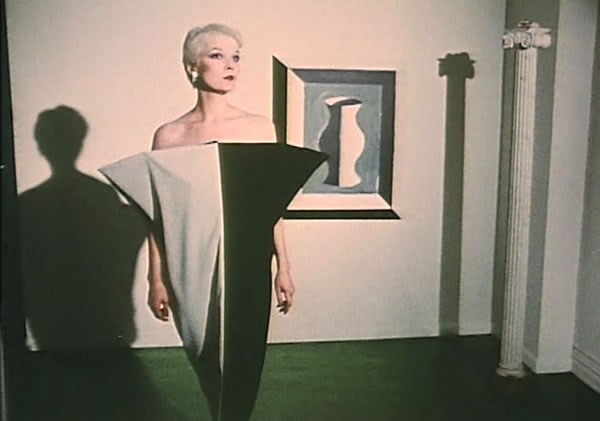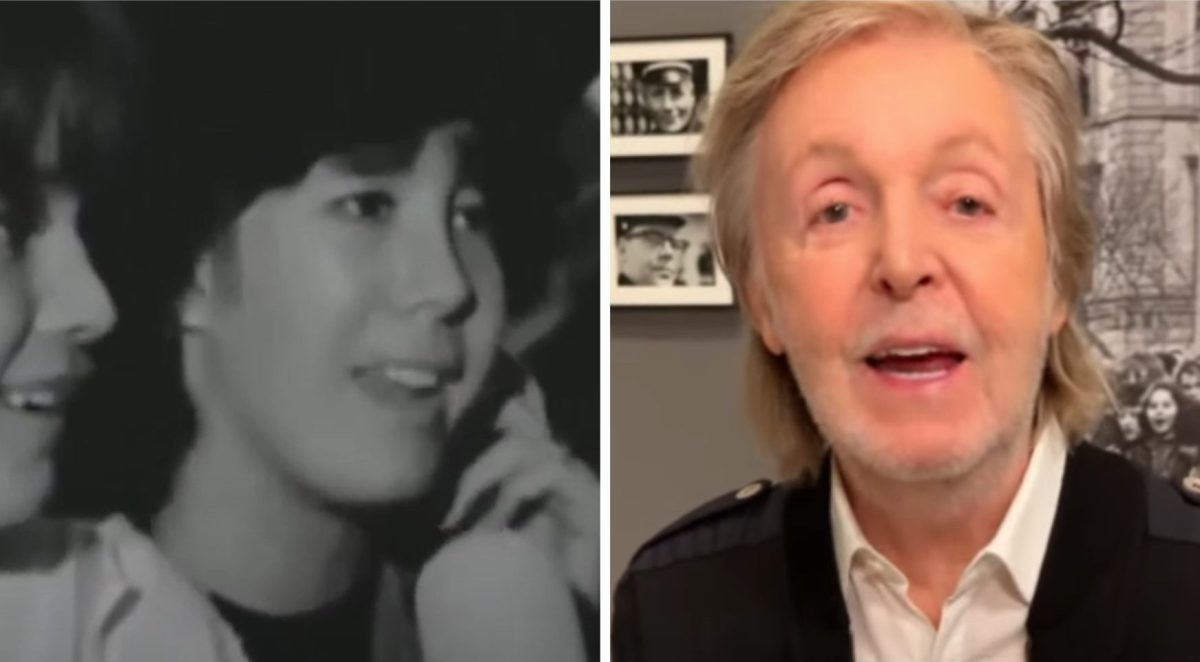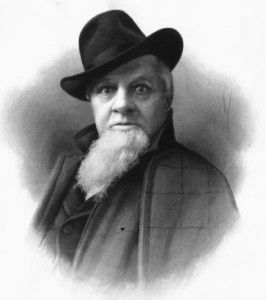FILM REVIEW: VARIETY
TRIBECA FILM FESTIVAL
April 22 through May 3
www.Tribecafilm.com
“Blank City” screens Friday, May 1, 6:00p.m. at AMC Village VII (66 Third Ave. at 11th St.)
“Blank City”
Photo by Eric Mitchell
Actress Patti Astor
BY TRAV S.D.
“Blank City”
While it’s rather well-known that the late 1970s in New York was the incubating time and place for American punk music at venues like CBGBs, it is perhaps less well known that the era also gave birth to a cinematic movement, or that the two movements — along with the visual and performance art scenes, and later rap — all overlapped and cross-fertilized each other. Celine Danhier’s “Blank City” sets the record straight, chronicling the rise and — well, rise of the group of film-makers and actors who have since been dubbed the “No Wave” movement, including Jim Jarmusch, John Lurie, Debby Harry, Amos Poe, Steve Buscemi, Eric Mitchell, Bette Gordon, Lydia Lunch and Nick Zedd. The group was characterized by lower-than-low-budget production values (their films were almost entirely shot in Super 8 or 16mm format); indifference to industry standards of professionalism; and a penchant for making use of the garbage around them as sets and props.
Danhier’s film mimics the deadpan sensibility of its subjects, alternating between talking heads and clips from the seminal films, including Poe’s “The Blank Generation” (1976); Mitchell’s “Underground USA” (1980); “Gordon’s Empty Suitcases” (1980); and Jarmusch’s “Stranger than Paradise” (1984). The film wisely allows the artists and their films to speak for themselves, with rewardingly rich results.
The portrait that emerges is a sort of cross between a bohemian ghetto, and a small town where everyone knows his neighbor, pitches in and borrows each others’ lawn mower (or in this case, Super 8 camera). Most of the artists mentioned above did triple duty (or more) — played in their own bands, directed their own films, and acted in the movies of others. Surprising figures were central players, such as the late graffiti artist Jean-Michel Basquiat, the first from the scene to achieve real fame and fortune. And some, such as Nick Zedd, the father of the so-called Cinema of Transgression, continue to plug away at low-budget, combative punk films right down to the present day. It appears that there is not only a history, but a culture, of preservation around punk.
FILM REVIEW: VARIETY
TRIBECA FILM FESTIVAL
April 22 through May 3
www.Tribecafilm.com
“Handsome Harry” screens Friday, May 1, 3:00p.m. at AMC Village VII (66 Third Ave. at 11th St.)
“Handsome Harry”
Director Bette Gordon
BY TRAV S.D.
Handsome Harry
“Handsome Harry” is one of those films with a really deceptive title. If it sounds cute and playful and not a little like “Shallow Hal,” be forewarned that it’s a fairly somber yarn.
Bette Gordon’s first new film in eleven years concerns the emotional after-effects of a Vietnam era Navy gay bashing. Harry (James Sheridan) is a lonely, likeable small-town electrician who receives a phone call out of the blue from his dying war buddy (Steve Buscemi). The friend wants God to forgive him for his part in the incident, which resulted in the permanent maiming of a promising young man — a lot of bad memories for the guilty parties. The bulk of the film is structured like Jim Jarmusch’s “Broken Flowers” — a middle aged man’s detective style investigation into his own life, visiting scattered friends he hasn’t seen in 30 years, in search of answers.
Among the gang are John Savage (who brings with him echoes of “The Deer Hunter”) and Aiden Quinn, as a bespectacled college professor who remains tough enough to deck the hero with a single punch. The trail leads all the way back to the aggrieved party — played by Campbell Scott with a mixture of sensitivity and anger.
The film constantly teases you with the twist you may already be suspecting. Surprises abound, but all treated with a subdued, matter-of-fact realism reminiscent of John Sayles. With the amount of sensitivity and maturity invested in this film — no fireballs, no formula, no semi-retarded sidekick — one can’t help but fear that the biggest public secret will not be Harry’s, it’ll be the film itself.


















